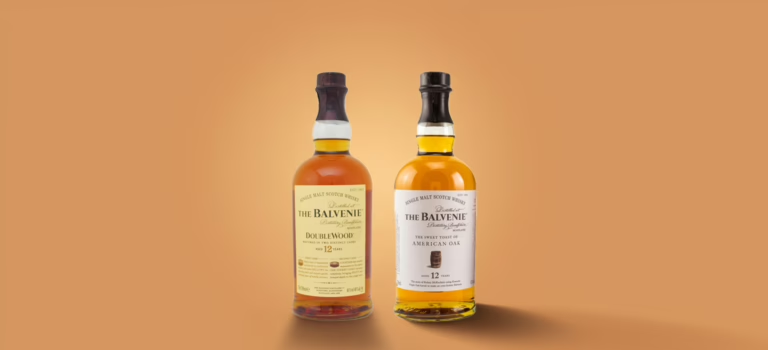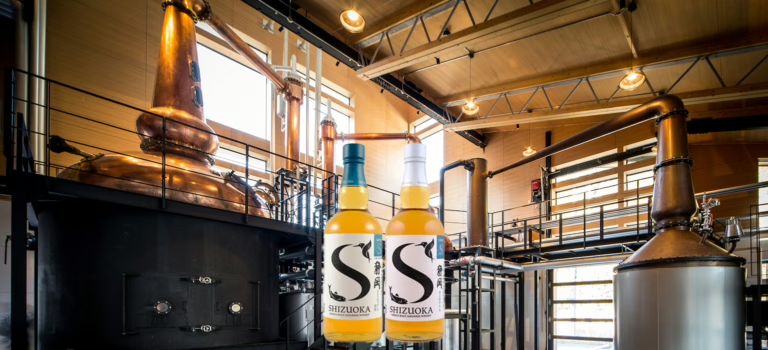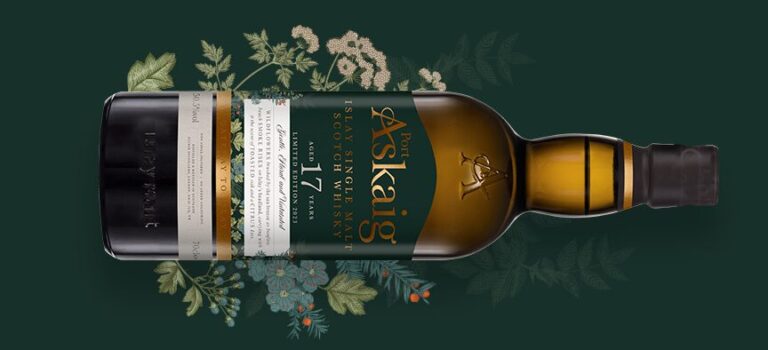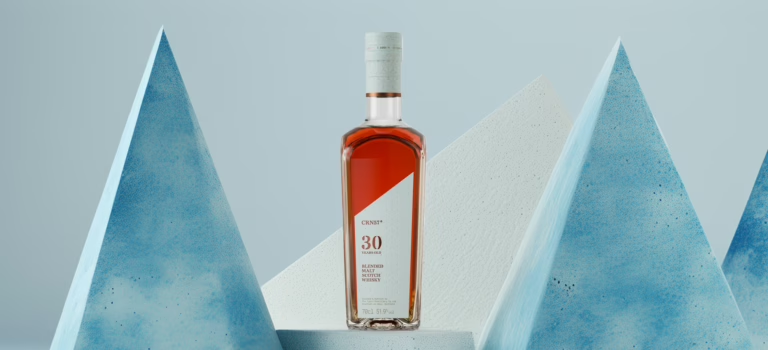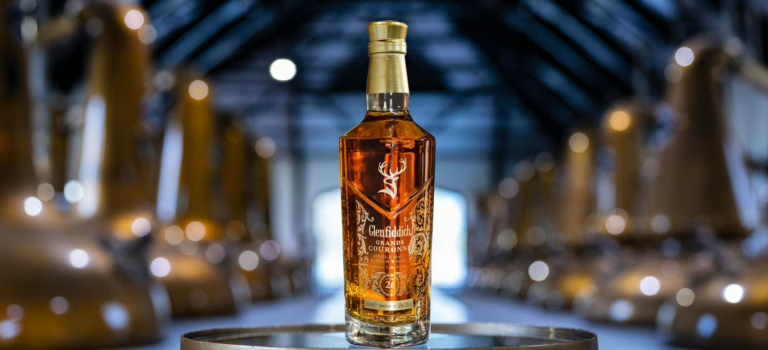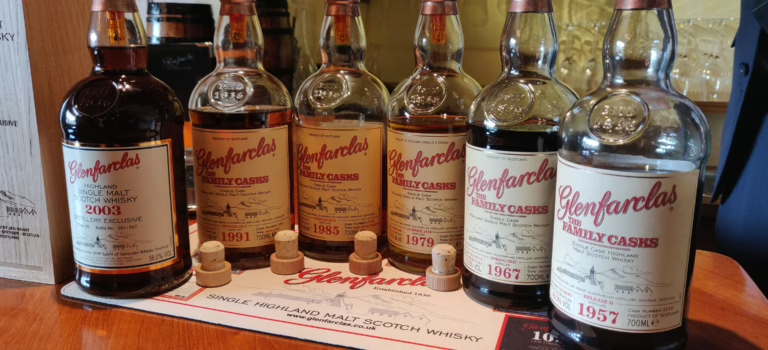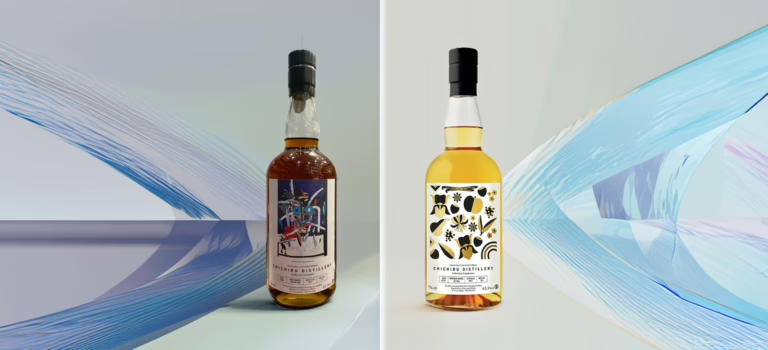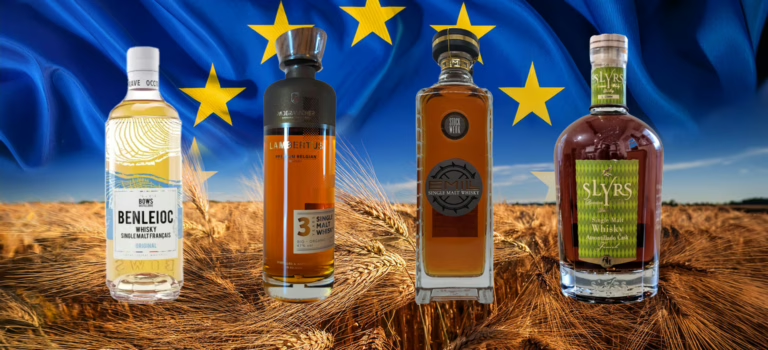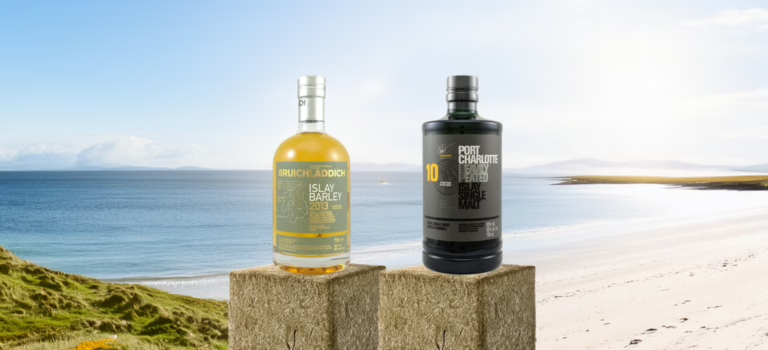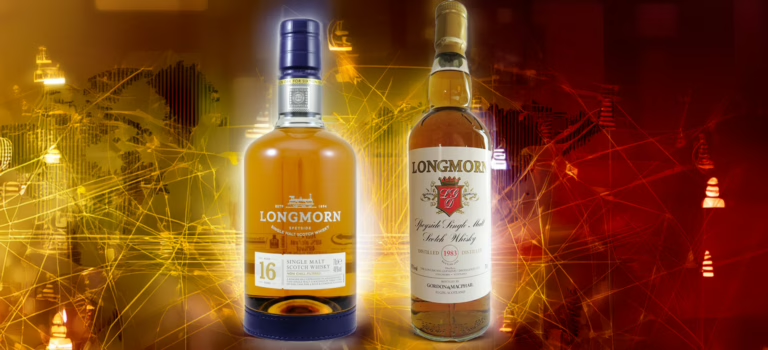The Balvenie Distillery was founded in 1892 by William Grant in Dufftown, Scotland, next to his already successful Glenfiddich distillery. Built during a period of whisky industry expansion, The Balvenie originally operated using repurposed stills from Lagavulin and Glen Albyn. Over the decades, it remained under the ownership of William Grant & Sons, a rarity in an industry where many distilleries changed hands multiple times. The Balvenie gradually established its reputation for traditional production methods, including in-house floor malting, long fermentation times, and direct oversight of cask aging. While it was initially less well-known than Glenfiddich, it developed a distinct identity, particularly with its focus on cask finishes and controlled aging. Today, it continues to operate with a mix of historical techniques and modern refinements, maintaining a direct lineage to its 19th-century roots. We review what is probably their best seller as well as another expression of the same age statement: the Balvenie 12-year-old Double Wood & American Oak.
Read more